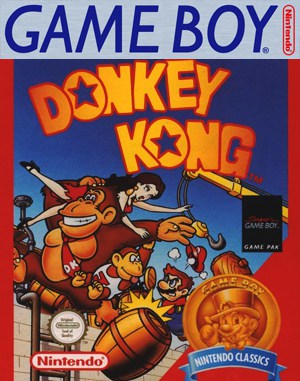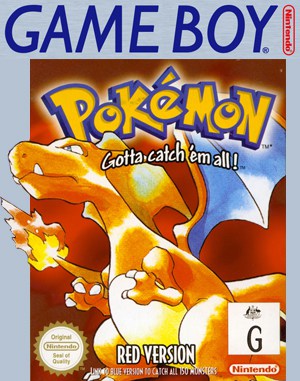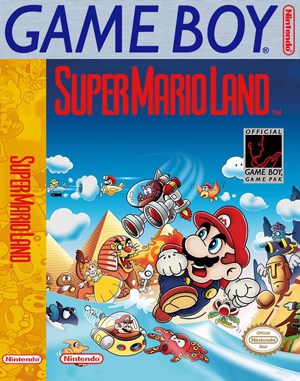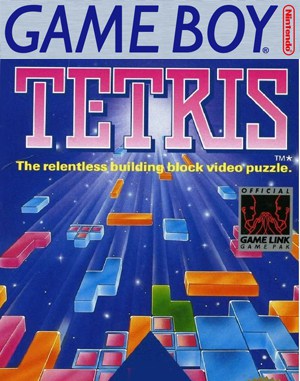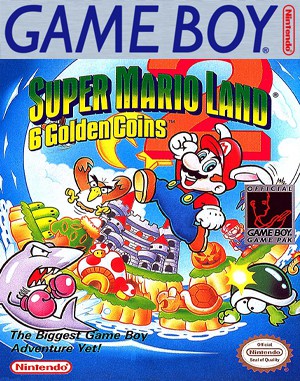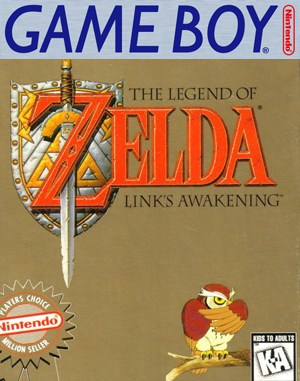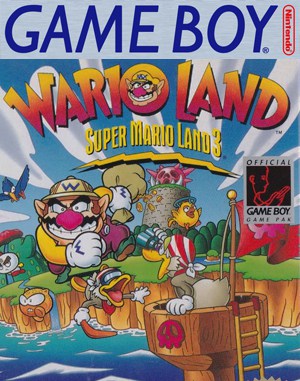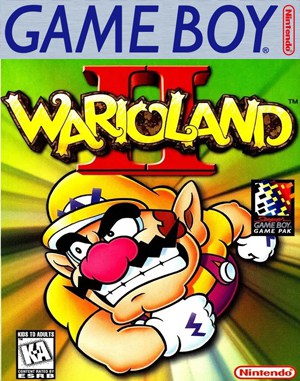Donkey Kong
Donkey Kong (sometimes referred to as “Donkey Kong ’94” or “Game Boy Donkey Kong“) is a puzzle-platforming game developed and originally published by Nintendo in 1994 for Game Boy. Play Donkey Kong online!
- Game developer
- Game publisher
- Game published
- Game perspective
A Game Boy-exclusive update of Nintendo’s arcade classic that includes dozens of brand-new levels with a puzzle-platforming twist. The game would later inspire the Mario vs. Donkey Kong series.
Play Donkey Kong online!
The big ape has returned in this update of the classic Nintendo arcade game. Although at first it appears to be just a port, the familiar levels from the arcade game are just a prelude to the real platform jumping adventure. Instead of rescuing Pauline at the end of the fourth level, Donkey Kong makes off with her once again!
There are 96 levels spread out over 12 worlds. These levels are much more complex than the originals, featuring scrolling backgrounds, numerous objects to collect, and enemies to avoid. Along the way, you will encounter several “boss” style battles with Donkey Kong, as well.
As in the original arcade game, Mario serves as the player character. His primary skill is jumping, which allows players to traverse each level’s platforms and avoid various hazards such as touching a dangerous enemy or suffering a fatal drop.
Hammer items placed in certain levels can be used to destroy most enemies; however, Mario cannot jump while using a Hammer. Unless the player is holding certain items which can act as an improvised shield, any damage dealt against Mario usually leads to instant death.
Every fourth level, Mario encounters Donkey Kong himself, who will attempt to slow Mario’s progress with various hazards as he did in the original arcade game.
Simply reaching Pauline will complete these levels.At the end of each Stage, Mario and Donkey Kong face each other in a more direct boss fight.
Mario must defeat Donkey Kong by hitting him with the barrels that he flings continuously.
After hitting Donkey Kong three times, the ape will run off with Pauline again and proceed to the next Stage. A short cutscene plays following each encounter with Donkey Kong; these scenes typically demonstrate one of Mario’s abilities or introduce a new gameplay mechanic.
The game’s first Stage is made up of four levels and follows the same basic format as the original arcade game. In three of these levels, Mario must simply reach the upper platform where Pauline is being held captive by Donkey Kong without losing a life.
The fourth level requires Mario to remove several rivets securing the girders that support Donkey Kong by moving across each of them. However, unlike the arcade game, this Stage does not repeat with an increase in difficulty once the fourth level is completed. Instead, Donkey Kong immediately recovers from his defeat before grabbing Pauline yet again and fleeing towards the first of several entirely-new Stages.
Following the initial arcade-based Stage, Mario’s goal in each non-boss level is to retrieve a Key and carry it to a locked door leading to the next level. Each Stage’s individual levels are typically built around a particular mechanic that players must utilize to make progress, such as pulling lever switches to extend bridges or pressing buttons to create ladders.
Including the arcade levels, Mario’s adventure spans across a grand total of one-hundred one separate levels.

